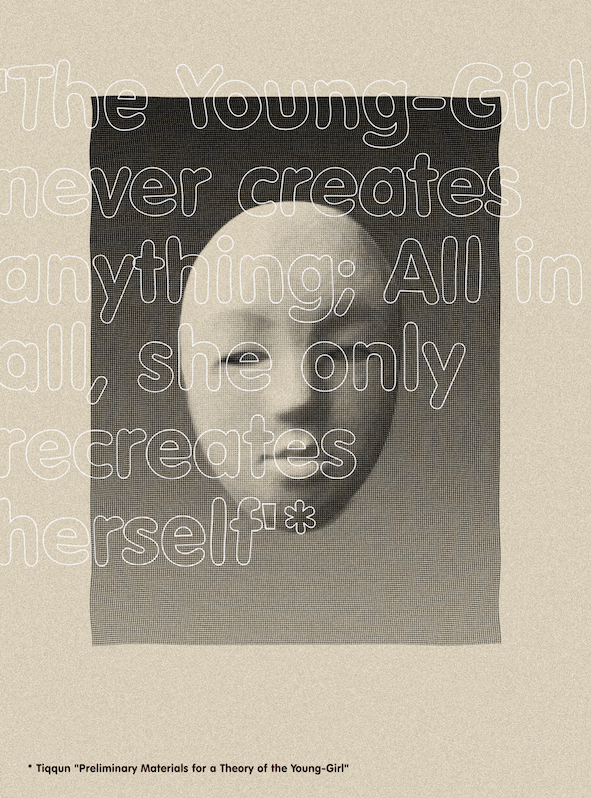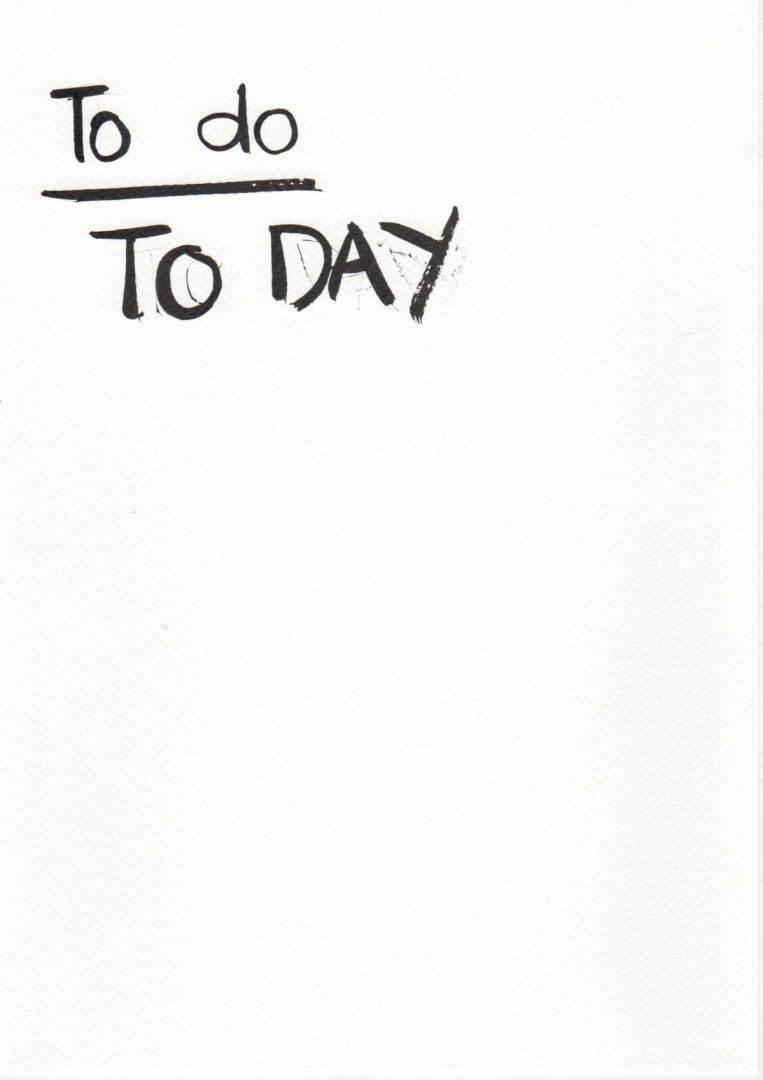Long after we are death, there will still remain things to do
Dineo Seshee Bopape’s expansive practice deals with socio-political notions of memory, fictional constructions of time, narration and representation as interrelated forms.
She is aware that spiritually and scientifically, what we are seeing as real and solid is not what it is. So, the sense of the mythologies that we create in order to survive as a social species such as linear time, to-dolists, tasks, functions and deadlines are absurd really in their limitedness, yet moving in their beauty as we try to find our place in the world.
Bopape’s de-bordering environments of displacement and re-placement to strengthen our sense of the world on different celestial, earthly, bodily and metaphysical levels. She uses elemental materials such as soil, bricks, timber, with found objects and archival images, video and sound from her everyday, to develop these dense installations intersecting the personal with the collective.
Her contribution to the Survival Kit 12 is the ongoing drawing series Long after we are death, there will still remain things to do that started in 2014. The fact that the series is an ongoing work correlates with its title and acquires a more vulnerable layer with the whole experience of the COVID-19 pandemic. The feeling of infinitely continuing tasks that outlast our lifetime, it self makes us question the absurd and obscure ways we create our place in the world as human beings.
35 Reproductions of Youth
Jānis Akuraters, a 20th century neo-romanticist poet, fetishized beauty to the level of religion to oppose the predominant rule of Rationalism among his counterparts. Praising exaggerated aestheticism, the spontaneity of impressions, the cult of the present moment, and the sophistication of style in his collaborative essay “The Motifs of Our Art” (signed by nine authors, although J. Akuraters is generally considered to be the author of the main body of text) which was regarded as the “Manifesto of Decadence”.
It was ridiculed by contemporaries loyal to the ruling regime, most notably in the voluminous article by J.Jansons, titled “Fauns or Clowns? Notes on our Newest Literature” where he calls for the extermination of their ideas by “cutting off with sharp knife leaves and branches eaten by these harmful caterpillars”. The naivete of the ideas portrayed in “The Motifs of Our Art” (especially if viewed as a protest against Socialism) invites a juxtaposition to Tiqqun’s publication “Preliminary Materials for a Theory of the Young-Girl” (1999) – a critical commentary on consumer society’s colonization of the body, its beauty, and youth. “The Young-Girl is simply the model citizen as redefined by consumer society since World War I” – the Young-Girl rule of our time is just the inevitable result of the dominant romantic ideals of the period, mixed with the soon- to-follow post-war shift from a wartime economy to a peace time economy, focusing on desires of the consumer. Leaving us in a society where youth is a commodity to be exchanged for goods and status, where the possibility of originality is diminished by appealing to the masses and the generalized idea of beauty (beauty as a socially controlled consumerist desire) for mass reproduction on a never-before-seen scale.

Ieva Kraule-Kūna
The abence of privacy brought by the digital age has created a society that is constantly seeking external validation, to such a level that its only interest is the value itself, therefore lacking any substance at all. There has been an evolution of ideas (change is not always for the best, but the fittest survive) – Jānis Akuraters and his confederates believed that aesthetics could become the religion of the masses, but it turned out that aestheticization on a global scale has led to the devaluation of beauty. It has made it not only profane, but has turned it into a cheap whore, refusing to perceive herself as such, a commodity trying to unsuccessfully transcend itself and the penance of materialist society
Sick Woman Theory

Johanna Hedva Letter
Sick Woman Theory is for those who are faced with their vulnerability and unbearable fragility, every day, and so have to fight for their experience to be not only honored, but first made visible. For those who, in Audre Lorde’s words, were never meant to survive: because this world was built against their survival.
It’s for my fellow spoonies, my fellow sick and crip crew. You know who you are, even if you’ve not been attached to a diagnosis: one of the aims of Sick Woman Theory is to resist the notion that one needs to be legitimated by an institution, so that they can try to fix you according to their terms. You don’t need to be fixed, my queens – it’s the world that needs the fixing. I offer this as a call to arms and a testimony of recognition. I hope that my thoughts can provide articulation and resonance, as well as tools of survival and resilience. And for those of you who are not chronically ill or disabled, Sick Woman Theory asks you to stretch your empathy this way. To face us, to listen, to see.
“Sick Woman Theory is an insistence that most modes of political protest are internalized, lived, embodied, suffering, and no doubt invisible. Sick Woman Theory re defines existence in a body as something that is primarily and always vulnerable, following from Judith Butler’s recent work on precarity and resistance. Because Butler’s premise insists that a body is defined by its vulnerability, not temporarily affected by it, the implication is that it is continuously reliant on infrastructures of support in order to endure, and so we need to re-shape the world around this fact.
Sick Woman Theory maintains that the body and mind are sensitive and reactive to regimes of oppression s – particularly our current regime of neoliberal, white-supremacist, imperial-capitalist, cis-hetero-patriarchy. It is that all of our bodies and minds carry the historical trauma of this, that it is the world itself that is making and keeping us sick.




